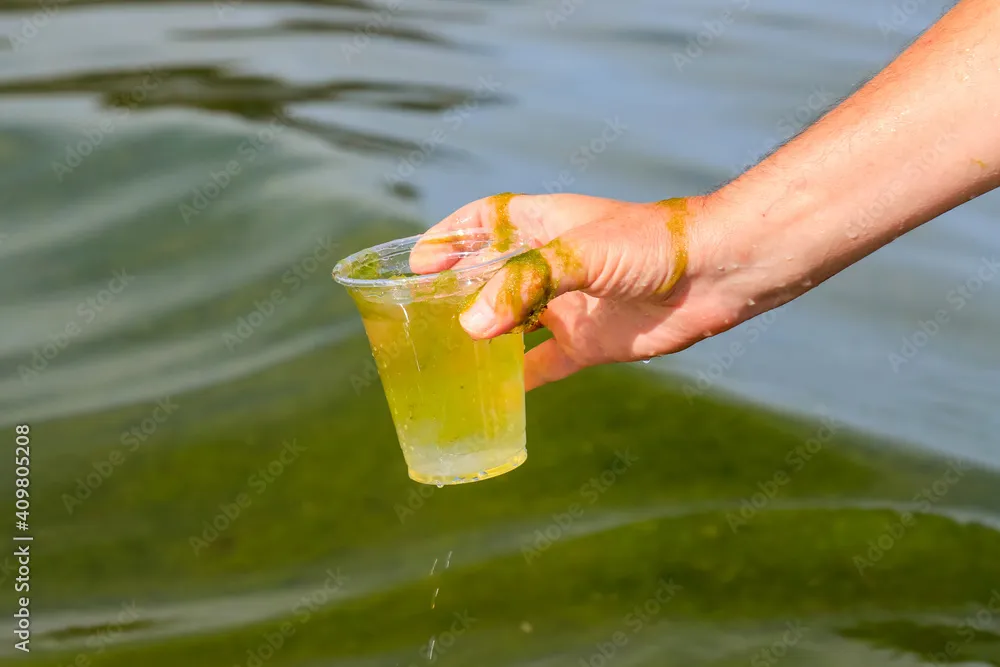What is phosphate?
Phosphates are salts of phosphoric acid, i.e. compounds of phosphorus. Since the element has a very high reactivity, it does not exist in pure form. Phosphate (PO4) is a component of many minerals with numerous phosphate compounds. The primary use of phosphate is in the agricultural industry, where it is used as fertiliser. Phosphate is essential for plants, so phosphorus-poor soils are optimised for crop production. Phosphate deposits worldwide are limited. Many are contaminated with cadmium and other heavy metals or radioactive substances (uranium). Cadmium-contaminated phosphate fertilisers are, therefore, a major environmental problem. Many countries have thus introduced a limit value for cadmium (link to cadmium in drinking water) in fertilisers.
Phosphates are also found in corrosion inhibitors, accumulators and animal feed. Resource-saving is the recovery of phosphates from polluted sewage sludge. The extraction takes place from their incineration residues.
How does phosphate get into drinking water?
Phosphorus occurs naturally in water bodies in low concentrations. Increased inputs are not geogenic but exclusively due to environmental pollution. The leading cause is the massive use of phosphate fertilisers in agriculture. The substances enter the groundwater through leaching of the soil. Industrial wastewater also contributes to its contamination.
Since the 2010 ban, phosphates are no longer present in detergents on the UK market. Until then, they were added to washing powder as softeners. The unchecked supply of phosphates over many years caused a worrying state of many bodies of water – they overturned. The consequences of increased nutrient levels (eutrophication) are clearly visible: increased microbial growth (so-called blue-green algae) causes acute oxygen deficiency and leads to water turbidity and subsequent fish mortality. All aquatic life perishes.
How does phosphate affect the human body?
Phosphate is a vital mineral. Humans need about 800 milligrams daily, which they cover with a balanced diet. About 700 grams are in the body, mainly as calcium hydroxylapatite in the bones. Many metabolic processes depend on phosphate compounds. The organism excretes unused phosphate. Deficiency symptoms are unknown. Only in patients with kidney diseases do problems arise from an increase in the phosphate level, which in turn corresponds closely with that of calcium.
The use of phosphates as food additives is interesting. Sodium phosphate (E 339), potassium phosphate (E 340) and calcium phosphate (E 341), to name a few, are preservatives, acidifiers, regulators and emulsifiers. Cola, for example, contains phosphoric acid (E338).
Drinking water polluted by phosphate: What to do?
The Drinking Water Ordinance does not currently specify a phosphate limit value. However, the UK implements the EU limit value for the parameter “phosphate (as phosphorus)” in surface waters to limit pollution of water bodies. The EU limit value for phosphorus in surface waters is 0.1 mg/l. Phosphates are removed from wastewater in local water treatment plants chemically by precipitation with ferric chloride, aluminium chloride or milk of lime and biologically by phosphate elimination using phosphorus-accumulating microorganisms. Calcium and magnesium carbonate are a problem for the water supplier. These hardness components cause limescale deposits in the pipe system. To reduce water hardness and counteract the destructive deposits, the waterworks must, in turn, add phosphate-based corrosion inhibitors and hardness stabilisers.
Test water for phosphate content
The waterworks guarantee drinking water of carefully tested quality to the house connection. For well operators and water customers of small operating facilities, the continuous testing of tap water is in their own hands. Although phosphorus has no adverse effects on health, there are several pollutants (heavy metals, minerals, bacteria) that attack installations and health. A detailed analysis of your water will give you information about the ingredients and their content. A sample for the water test on parameters such as pH value, conductivity, degree of hardness, and nitrogen compounds (nitrate, nitrite, ammonium) is easy to take and provides clarity.


